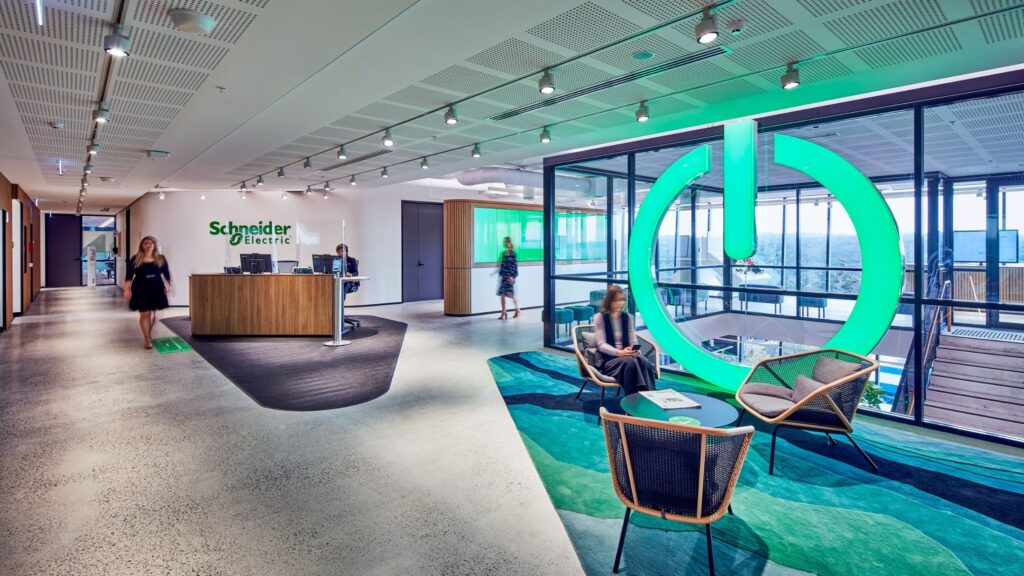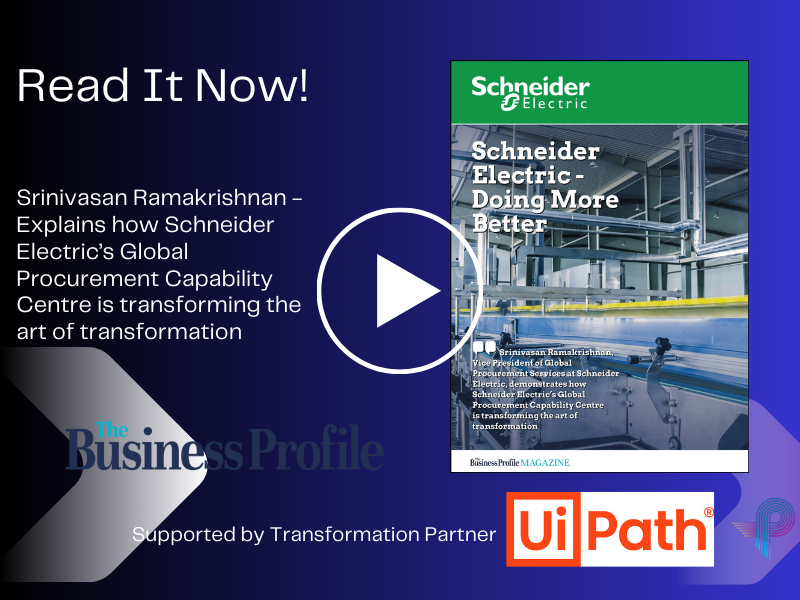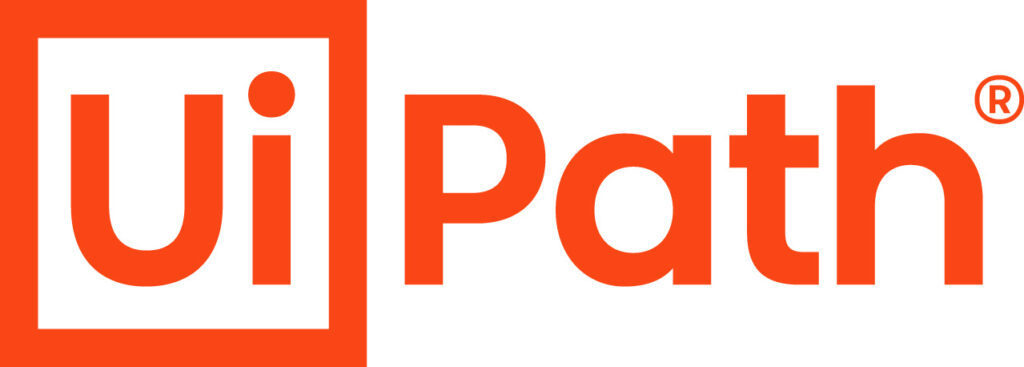Srinivasan Ramakrishnan, popularly known as Srini to those close to him, is joined by some of his most trusted colleagues and business partners to illustrate how Schneider Electric’s Global Procurement Capability Centre is transforming the art of transformation. The company is doing so through the lens of global procurement, emphasising that change management, and ‘being better’ can be simpler than many organisations are currently making it.
Hi Srini. We have a team of both internal colleagues and external partners with you today, but would you like to begin by introducing yourself?
As you’ve said, I’m usually and affectionately known by my colleagues as Srini, and over the years I’ve had the opportunity to see the procurement world transforming from a purely functional part of an organisation, to a driver of innovation. With further changes expected in the next decade, especially in the space of artificial intelligence and machine learning, we expect the expanding procurement function to be more tech-functional and transformational in nature.
This is where I come in, and how I’d introduce myself, as a transformational leader. I define leadership as a process of social influencing, which maximises the efforts of others towards achieving a specific goal. My vision is to always deliver year-over-year productivity while also positioning the organisation for growth. This involves building competency within the procurement community which helps generate insight for the enterprise. I strongly believe that this transformational leadership mindset has inspired teams to go through complex transitions and challenges, fostering a culture of continuous improvement, with an ability to motivate and steer teams during pivotal changes.
Click Below: view this content in digital brochure format
Having begun your role as Vice President of Global Procurement Services at Schneider Electric at the start of 2023, what has been your initial strategy to overcome some quite well-documented global challenges?
The global Procurement Capability Centre’s strategy is built on three core strategic pillars: simplification, synergy and scale.
These tenets help establish a direct line between performance and tangible results, and eventually becoming a powerhouse for our global procurement teams. It is a strategy designed to free up the energy of category teams, regions and business procurement teams, to deliver significant impacts on Schneider Electric’s top and bottom lines.
With around 153 factories, 79 distribution centres, 1,500 procurement professionals and the management of around 17 billion euros in annual spend, one core challenge is sheer scale. In addition, like any other organization’s supply chain, we are impacted by both macro and global forces, since COVID began in 2020, all the way through to the Ukraine-Russia war and everything else going on in the world today.
If we didn’t know it before, crisis management is no longer a requirement that comes and goes. It’s just the way things are now. And procurement and supply chain leaders need to rethink how they organise their teams and the work they do, to be able to build more agile, resilient, and sustainable supply chains. This also includes needing to better anticipate the next waves of disruption by systematically building resilience in the form of ongoing supplier risk management, business continuity planning, extra inventory buffers, and building competencies across the complete procurement landscape.
You’ve alluded to your approach to continuous improvement. How does the balance between workforce development and tech augmentation play out in this respect?
There are multiple strands to any procurement function but it’s not a case of either/or when it comes to labour and tech. My bet is placed simultaneously on people and digital competency. For example, our Global Procurement Capability Centre is in the process of transforming into something of a global skills centre for excellence, as innovation and upskilling are one and the same.
That being said, we need to equip our people with the best technologies possible for them to thrive. In this respect. Supply chain transformation has recently revolved around aligning all processes and data on one platform, automating key processes, and using AI and machine learning to help filter and analyse the massive amounts of data we have to deal with. All with a view to better identify, predict, and prevent problems.
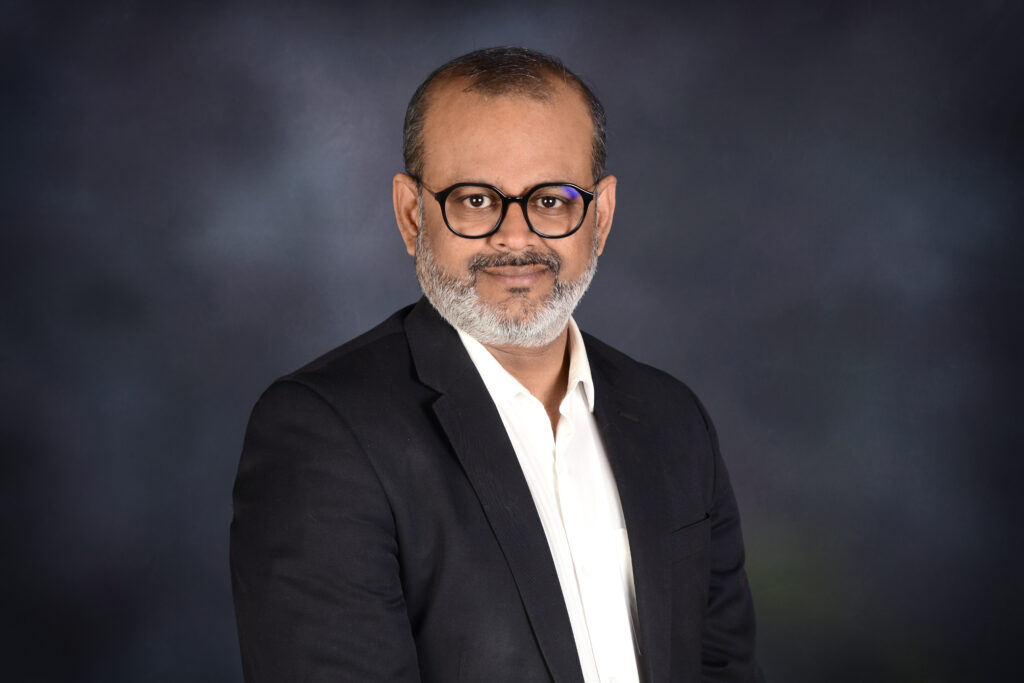
In procurement you need to constantly evolve how you develop your supply base and this calls for more robust digital intervention across the digital ecosystem to ensure a single version of truth. Not only does this ensure customer reliability and employee satisfaction but it aids areas of compliance, ethics, and sustainability as well.
Within procurement specifically, we will continue to focus on guiding processes through enterprise automation, AI and ML, and greater analytics engines to give our people the best chance possible of dealing with relevant, timely, customer-serving information.
Could you please go into more detail about the Global Procurement Capability Centre model?
It really represents the culmination of decades of transformation in the procurement function within Schneider Electric.
The role of the buyer has significantly changed from managing the end-to-end sourcing process, to focusing more on developing the supply base, moving the spend concentration to more strategic suppliers, sustainability, and towards increased use of green materials in our products, etc.
This led to the birth of our Global Procurement Capability Centre to manage all operational and tactical related activities including – but not limited to – PO processing, vendor onboarding, purchase info records, RFx management, tactical/tail buying, tail spend consolidation, supplier onboarding and qualification support, and associated activities.
All of this has freed up energy for our category teams, regions, and business procurement arms to deliver significant impact elsewhere.
What have been the most significant outcomes of this transformation so far?
Our approach and vision have been very clearly laid out to move from a typical cost centre model to one based on value drivers. This further led to a key structural change, which we refer to as our Twin Engine Approach. As part of this Twin Engine model, we restructured ourselves into two core service towers called Procure-to-Pay (P2P) and Source-to-Contract (S2C) supported by our transversal function and Capability Centres. The Twin Engine Approach focuses on efficiency (P2P) and value generation (S2C) to drive further simplification and synergies.
From this structural shift we have introduced a first of its kind Tactical Sourcing Buy Desk for direct purchases, focusing on head, middle and tail of the spend, using AI to gather pricing intelligence, performance analytics, and to better select suitable suppliers including across the B2B marketplace.
We received awards for Best Shared Services Team and Best Shared Services Leader at the 12th edition of the Shared Services Summit and Awards Forum in 2023 for this effort; as well as Visionary Leader in Global Procurement Services across India at TIMES POWER ICON 2024.
Digital Transformation Partner: UiPath
As evidenced by the people you’ve brought with you for this conversation, I know this has been far from a solo mission. Perhaps you could describe the significance of this team effort, both within and outside of Schneider Electric?
Absolutely, at this stage it’s important to mention our digital transformation partner, UiPath, which we have worked alongside extensively to build the right solution for our processes and scaling ambitions. My Global Strategy, Transformation and Innovation Leader, Hamston Anto, would be best placed to illustrate this broader transformation effort, however.
Over to you first, Hamston…
Thank you. Really, since the inception of our team here, our adherence to LEAN methodologies has been ingrained, forming a culture of challenging the status quo. This can be seen strongly through our efforts to automate and become more efficient.
Witnessing the positive impact of automation on our procurement services, for example, our teams began proposing solutions to enhance their work experience. Following a successful pilot, we have automated 10 business critical processes using 26 automations, with an additional 40 more ideas in the pipeline for future automation. This is where UiPath has come in, with its advanced features empowering us to extend our automation capabilities and allowing us to focus on innovation without being hindered by software limitations.
As the benefits of automation become increasingly evident across our Capability Centres, the focus has turned to establishing an effective automation journey that enables scalable deployment across all our Centres, driving substantial and enduring business transformation.
To achieve this, we initiated work directly with UiPath to impact our transformation through two evolutionary paths: ‘Do it More’ and ‘Do it Better’.
What did these two paths comprise?
The former started by identifying more automation opportunities based on our team’s experience in a similar setup to ours. We strongly believe in a bottom-up approach, leveraging the wealth of knowledge from our staff performing critical processes to provide creative solutions for improvement. Deskilling processes with the help of process experts further paves the way for automating tasks and deploying necessary tools to harvest and assess employee ideas, in collaboration with UiPath’s expertise. This democratisation of automation saw the rise of low-code and no-code platforms, scaling automation POCs from concept-to-solution and accelerating automation adoption. UiPath’s citizen developer features offer a user-friendly solution, empowering individuals with limited programming skills to create and implement automation workflows.
When it comes to ‘doing it better’ the focus is on intelligent process automation. The integration of automation with AI and ML represents a significant trend, propelling traditional automation into cognitive automation, enabling automations to handle complex decision-making processes, leading to enhanced efficiency and broader task capabilities. The future of enterprise automation is where end-to-end processes are entirely automated by combining automation with AI and ML technologies such as process mining, analytics, and decision management. Our end goal is to create seamless and fully automated workflows for automations, optimising upstream and downstream processes of our Global Procurement Capability Centres.
Of course, automation is never a one-size-fits-all solution, so it would be good to hear from Sean Dunphy, Senior Director, Strategic Engagements at UiPath about how you’ve created a bespoke proposition for Schneider Electric during this critical transformation?
Thank you. Our partnership with Srini and Hamston exemplifies how we work best with customers: we have fostered an open-book, trust-based partnership that tightly aligns UiPath’s business automation platform capabilities with Srini’s vision. This alignment will contribute tangibly to Schneider’s industrial productivity and margin enhancement objectives, sourcing the right materials at the right price point. Central to our collaboration is the recognition of the extensive manual, repetitive tasks involved in supplier coordination, contract finalisation and purchase order execution. The partnership aims to spark and maintain momentum by streamlining these processes, ultimately facilitating an autonomous supply chain.
Hans Thalbauer, as Global Supply Chain Leader at UiPath, would you like to add to Sean’s introduction?
Absolutely. It’s important to emphasise that Schneider’s data-driven ecosystem approach is a benchmark in the agility that AI-powered automation brings, seamlessly integrating customers, suppliers, partners, and employees. Our ongoing partnership is dedicated to enhancing the purpose-driven performance that has become a hallmark of Schneider’s supply chain excellence.
Our portfolio approach strikes a balance between capturing immediate, high-value opportunities across Procure-to-Pay (P2P) and Source-to-Contract (S2C) service towers while showcasing the substantial benefits of blending automation with AI, which is AI at work. This includes upskilling teams in Schneider’s Global Procurement Capability Centres to address last mile challenges across today’s complex supply chain landscape. Key areas identified for impactful automation include vendor master data management, purchase requisition and order processing, price anomaly detection, goods receipt creation/correction, and supplier performance monitoring. These enhancements are pivotal to transforming operations, reducing time-consuming manual work, and setting the stage for scalability and efficiency.
However, it is also vital to remind everyone that Srini’s strategy to bolster ‘People & Digital’ competencies still puts people at the forefront, despite operating at the peak of digital innovation as well.
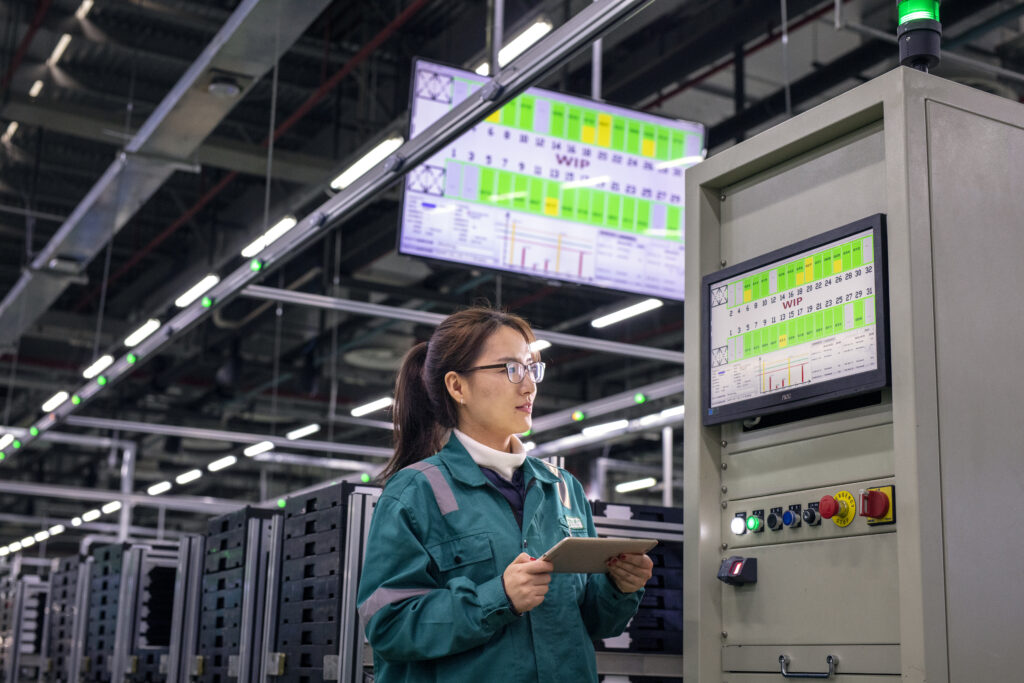
Bringing you back in, Srini – is this an assertion you’d like to comment on?
I’m not sure I could say it any better than Richard Branson: “Keep your employees happy and they will keep your customers happy.”
That being said, my colleague Manisha Dokania, Global HR Business Partner, is best placed to explain how we’re looking to build a team that is not only satisfied, but future ready.
Thanks, Srini. Manisha, what is your perspective on personnel development dovetailing with these concerted digital transformation activities?
For me, the key word is ‘impact’. And, in this respect, our focus has been on developing five core capabilities: agility, innovation, customer centricity, efficiency and digital transformation. These capabilities are intangible assets and are the outcome of investments in talent and workforce development.
We have invested in the development of our people by having a structured plan to assess and close the critical skill gaps through education, experience and exposure. Our leaders use a growth mindset to coach and give feedback on performance, development, and career paths. This helps to create opportunities and an environment for people to learn and grow. We aim to upskill our people on critical skills like Lean Six Sigma, project management, digital technologies, and functional expertise, to drive results with efficiency and innovation. We have curated programmes to create succession plans and develop high potential talents through exposure to cross-functional, cross-regional projects, mentoring and other talent development initiatives.
As a result, we’ve nurtured trust, encouraged extra effort, and made people believe in their abilities to form a culture of high performance and significant impact.
Srini, what would you like to add in terms of this cultural aspect?
Attitude is something that can’t be taught which is why we seek out those people with the right mindset, and then focus on building competencies thereafter. These development themes revolve around the end user experience, merging with our Capability Centre mindsets, leveraging the Twin Engine focus on P2P and S2C, continuous improvement more generally, and to realise that data really is king.
When the right attitudes synergise with optimal understanding of these areas of our business, then the Schneider Electric Procurement vision can be realised.
And that vision is?
…to build a team made up of transformation and innovation partners, as we become a global skills hub for the supply chain and procurement function.
We feel we have a unique cultural DNA as a result of this vision, driven by our emphasis on ‘impact’. Our intended behaviours and ways of working positively impact both individuals and us as a collective, each and every day. And by having shared values, we create the power to accelerate growth.
Sean, perhaps you could comment on how you’ve seen these values play out from a business partner perspective?
Schneider Electric is leading the way in creating connected value networks that boost productivity, foster innovative supplier and customer experiences, and deliver positive societal and environmental impacts. UiPath is honoured to be a key partner in this transformative journey, playing an increasingly significant role in bridging people, processes, and technologies.
From a practical standpoint, the fusion of AI and automation brings new opportunities and urgency to boost Schneider’s industrial productivity through end-to-end process automation across systems and teams. Our collaboration focuses on enabling Schneider’s dual Procure-to-Pay (P2P) and Source-to-Contract (S2C) engines. We aim to break down data silos and unify processes, providing a holistic view that enables rapid diagnosis and proactive – if not fully automated – resolution of issues as they arise.
As such, we align with the vision of Schneider Electric, to be a Transformation and Innovation Partner. The goal is to free up capacity, allowing for a more dynamic approach to talent development and allocation. This strategy optimises the use of multi-disciplinary expertise, directing it toward priority areas across Schneider’s most significant cost base. It’s about leveraging an integrated business automation platform to not only streamline operations but to also ensure that the right skills are applied where they can have the most impact, driving direct contributions to Schneider’s “Next Frontier” strategy.
On that note of ‘the next frontier’, would you like to provide the final words, Srini, looking ahead to the future?
Transformation never stops, and certainly with digital transformation, we see huge potential to bring our employees a much-loved experience. We can augment their efficiencies, continuously bring them best-in-class digital experiences and better support their work-life balance while offering new and exciting career opportunities.
Moreover, we enjoy co-innovating with partners like UiPath, so we can both be ready for what the future has in store. We can leverage our open ecosystem and platforms and empower each other to create more value while tackling shared challenges.
One of those challenges is of course climate change and sustainability and this next frontier also seeks to provide end-to-end sustainability and more efficient solutions.
And, ultimately, we want to do all of this at scale, to meet not only our digital vision in procurement, but the vision of our entire global ecosystem.

